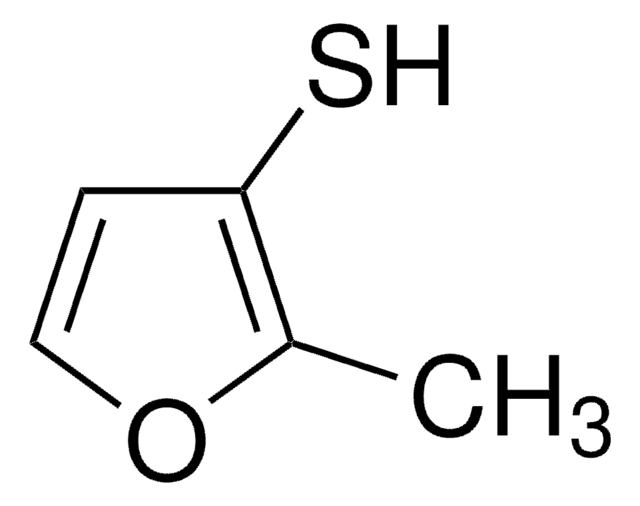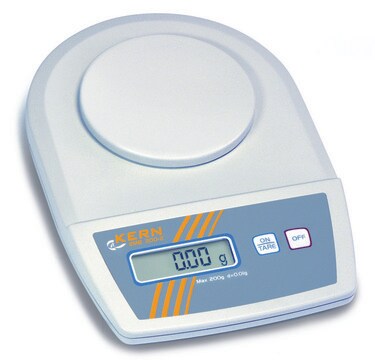W316903
trans-2-Hexenoic acid
≥98%, FG
Synonym(s):
(E)-2-hexenoic acid, 3-propyl acrylic acid
About This Item
Recommended Products
biological source
synthetic
Quality Level
grade
FG
Fragrance grade
Halal
Kosher
Agency
follows IFRA guidelines
meets purity specifications of JECFA
reg. compliance
EU Regulation 1223/2009
EU Regulation 1334/2008 & 178/2002
vapor density
>1 (vs air)
Assay
≥98%
refractive index
n20/D 1.438 (lit.)
bp
217 °C (lit.)
mp
33-35 °C (lit.)
density
0.965 g/mL at 25 °C (lit.)
application(s)
flavors and fragrances
Documentation
see Safety & Documentation for available documents
food allergen
no known allergens
fragrance allergen
no known allergens
Organoleptic
fruity; sweet
SMILES string
CCC\C=C\C(O)=O
InChI
1S/C6H10O2/c1-2-3-4-5-6(7)8/h4-5H,2-3H2,1H3,(H,7,8)/b5-4+
InChI key
NIONDZDPPYHYKY-SNAWJCMRSA-N
Looking for similar products? Visit Product Comparison Guide
Related Categories
Application
- Update to RIFM fragrance ingredient safety assessment, trans-2-hexenoic acid, CAS Registry Number 13419-69-7.: This study updates the safety assessment of trans-2-hexenoic acid as a fragrance ingredient (Api et al., 2023).
- Antiviral Activity of trans-Hexenoic Acid against Coxsackievirus B and Enterovirus A71.: This research explores the antiviral properties of trans-2-hexenoic acid, demonstrating its effectiveness against Coxsackievirus B and Enterovirus A71, which are significant human pathogens. (Olasunkanmi et al., 2023).
- Alkenyl Carboxylic Acid: Engineering the Nanomorphology in Polymer-Polymer Solar Cells as Solvent Additive.: This paper discusses the role of trans-2-hexenoic acid as a solvent additive in polymer-polymer solar cells, highlighting its impact on nanomorphology and solar cell efficiency. (Zhang et al., 2017).
Signal Word
Danger
Hazard Statements
Precautionary Statements
Hazard Classifications
Skin Corr. 1B
Storage Class Code
8A - Combustible corrosive hazardous materials
WGK
WGK 3
Flash Point(F)
235.4 °F - closed cup
Flash Point(C)
113 °C - closed cup
Personal Protective Equipment
Choose from one of the most recent versions:
Already Own This Product?
Find documentation for the products that you have recently purchased in the Document Library.
Customers Also Viewed
Our team of scientists has experience in all areas of research including Life Science, Material Science, Chemical Synthesis, Chromatography, Analytical and many others.
Contact Technical Service









